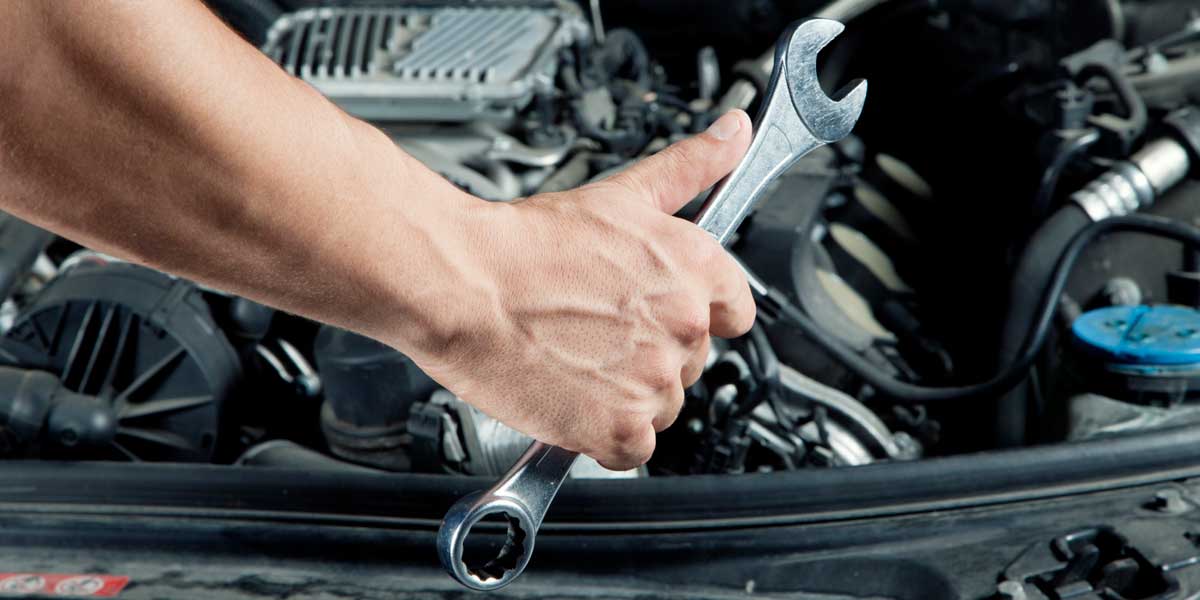All Categories
Featured

Few things are more startling for a motorist than the abrupt lighting of the check engine light (CEL) on the dashboard. While it could activate instant worry, understanding what this light stands for can encourage you to manage the situation properly. Allow's check out the feasible reasons behind the CEL and the actions to solve it.
What Does the Inspect Engine Light Mean? The CEL becomes part of your automobile's onboard diagnostics (OBD) system. It monitors a selection of systems within the automobile, consisting of emissions, gas efficiency, and overall engine performance. When the system spots a fault or abnormality, it activates the CEL to notify the driver.
Strong Light: Shows a non-critical concern, such as a minor sensing unit malfunction. It still needs attention to avoid lasting damages. Blinking Light: Signals a severe issue, like an engine misfire, that needs immediate focus to avoid substantial damages. Common Reasons for the Examine Engine Light. Below are a few of one of the most constant reasons of a CEL, varying from straightforward to complicated:
Loose Gas Cap:

A loosened or broken gas cap can interrupt the gas system, triggering the light. This is among the easiest issues to take care of-- simply tighten up or replace the cap. Oxygen Sensing Unit Failing:
The oxygen sensing unit measures the air-to-fuel ratio for ideal combustion. A faulty sensor can result in reduced gas efficiency and higher exhausts. Trigger Plug or Ignition Coil Concerns:
These parts are vital for the combustion process. Damaged ignition system or malfunctioning coils can create misfires and rough engine efficiency. Catalytic Converter Issues:
This element minimizes hazardous exhausts from your vehicle. Failing to attend to other engine problems can result in catalytic converter damage. Mass Air Flow (MAF) Sensor Failure:
The MAF sensor makes sure the ideal quantity of air combines with fuel. An unclean or stopping working MAF sensor can reduce power and gas performance. When the CEL Comes On, actions to Take. Don't Panic:
Take a moment to observe your lorry's performance. Is it driving generally, or exist signs like minimized power or odd noises? Inspect the Gas Cap:
If needed,Tighten or reseat it. This simple solution settles several CEL instances. Utilize an OBD-II Scanner:
Connecting in a scanner supplies details difficulty codes that determine the trouble. Numerous car components shops use this solution for complimentary. Check out a Mechanic if Essential:
If the CEL remains on or flashes, have an expert inspect your cars and truck. Delaying fixings can bring about much more pricey fixes. Preventative Steps to Stay Clear Of CEL Issues. Regular Maintenance:. Adhere to the manufacturer's timetable for oil modifications, stimulate plug substitutes, and air filter cleansing. Inspect Secret Components:. Periodically inspect your gas cap, belts, and pipes for wear or damage. Use High Quality Fuel and Oil:. Premium products can prevent deposit buildup that may influence sensors and engine components. Why You Need To Attend To the CEL Without Delay. While it's appealing to ignore a solid CEL, laziness can result in serious effects. What begins as a minor issue-- like a loosened gas cap-- can evolve right into expensive repair work. Addressing the light early ensures your vehicle continues to be secure and reliable.
Conclusion. The check engine light is not a cause for immediate panic, but it ought to never ever be disregarded. Recognizing its purpose and potential triggers furnishes you to make informed choices, whether it's a fast gas cap adjustment or a trip to your auto mechanic. With proper maintenance and timely activity, you can maintain your cars and truck running smoothly and avoid unneeded repairs.
Latest Posts
Discover the Perfect Tile Floor Covering at Carpet Interiors Floor & Home
Published Apr 18, 25
1 min read
Discover the Professionals Behind Montclare Auto Repair - Dedicated to Quality
Published Apr 18, 25
2 min read
Occasion Locations at FunCity Hotel: Perfect Spaces for Every Celebration
Published Apr 18, 25
1 min read
More
Latest Posts
Discover the Perfect Tile Floor Covering at Carpet Interiors Floor & Home
Published Apr 18, 25
1 min read
Discover the Professionals Behind Montclare Auto Repair - Dedicated to Quality
Published Apr 18, 25
2 min read
Occasion Locations at FunCity Hotel: Perfect Spaces for Every Celebration
Published Apr 18, 25
1 min read